My First Winter - Bubble Wrap, heat...?
fuzzymoto
15 years ago
Related Stories

HOUSEKEEPINGLower Your Heating Bills With Some Simple Weather Stripping
Plug the holes in your house this winter to make sure cold air stays where it belongs: outside
Full Story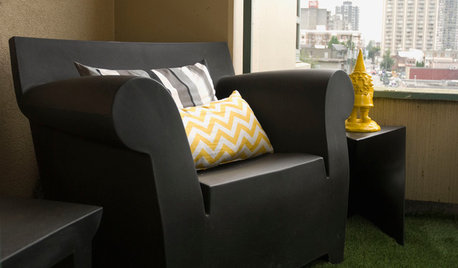
FURNITURENew Classics: The Bubble Club Chair and Sofa
Philippe Starck's cartoony, polyethylene seats are a playful wink in indoor and outdoor rooms
Full Story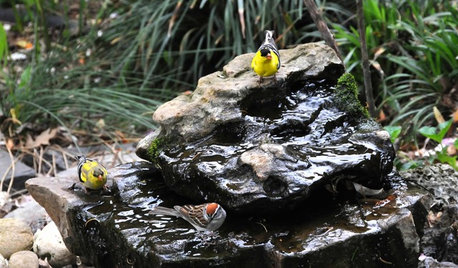
OUTDOOR PROJECTSBring In the Birds With a Homemade Bubble Rock
An avian expert from Southern Indiana shows how to make a burbling fountain that migrating birds will love
Full Story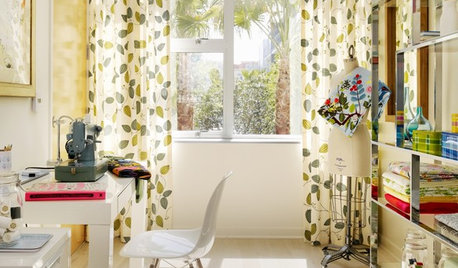
LIGHTING10 Ways to Make Good Use of Winter's Light
Take advantage of the sun we still have with light curtains, window seating and heat-capturing accents
Full Story
BATHROOM DESIGNDreaming of a Spa Tub at Home? Read This Pro Advice First
Before you float away on visions of jets and bubbles and the steamiest water around, consider these very real spa tub issues
Full Story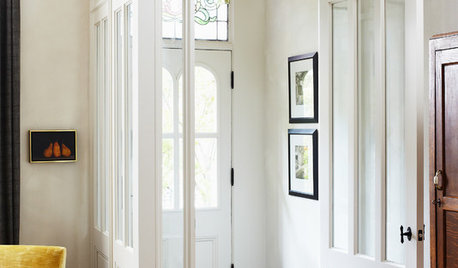
FEEL-GOOD HOMEStop That Draft: 8 Ways to Keep Winter Chills Out
Stay warm without turning up the thermostat by choosing the right curtains, windows and more
Full Story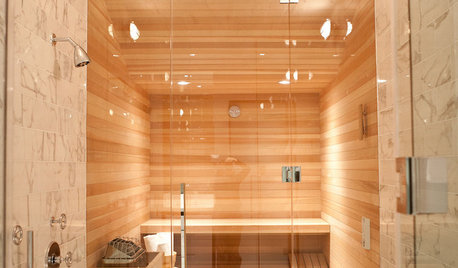
BATHROOM DESIGN15 Ways to Warm Up Your Bathroom for Winter
Keep the chill away in body and spirit with everything from warm colors to high-end bathroom features
Full Story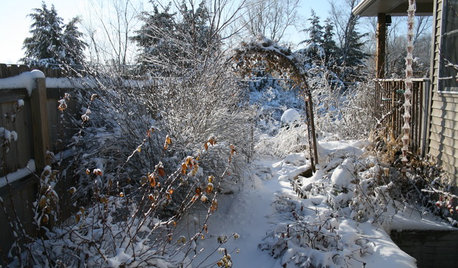
LIFE6 Ways to Beat the Winter Blahs
Snow and dark days dampening your spirits? These ideas will have you looking on the bright side
Full Story
GREEN BUILDINGInsulation Basics: Heat, R-Value and the Building Envelope
Learn how heat moves through a home and the materials that can stop it, to make sure your insulation is as effective as you think
Full Story
FLOORSIs Radiant Heating or Cooling Right for You?
Questions to ask before you go for one of these temperature systems in your floors or walls (yes, walls)
Full Story






hex2006
fuzzymotoOriginal Author
Related Professionals
Fillmore Landscape Architects & Landscape Designers · Saint Louis Park Landscape Architects & Landscape Designers · Stoughton Landscape Contractors · Dallas Landscape Contractors · East Chicago Landscape Contractors · Federal Way Landscape Contractors · Gainesville Landscape Contractors · Hampton Bays Landscape Contractors · Raleigh Landscape Contractors · South Portland Landscape Contractors · The Woodlands Landscape Contractors · Freeport Solar Energy Systems · Milpitas Solar Energy Systems · Paradise Solar Energy Systems · Moraga Solar Energy Systemsgreenhouser
greenhouser
fuzzymotoOriginal Author
birdwidow
fuzzymotoOriginal Author
fuzzymotoOriginal Author
wyndyacre
greenhouser
fuzzymotoOriginal Author
fuzzymotoOriginal Author
codysgrams
jbest123
birdwidow
stressbaby
fuzzymotoOriginal Author
jbest123
fuzzymotoOriginal Author
stressbaby
codysgrams
fuzzymotoOriginal Author
jbest123
fuzzymotoOriginal Author
jbest123
fuzzymotoOriginal Author
stressbaby
stressbaby
jbest123
birdwidow
fuzzymotoOriginal Author
stressbaby
fuzzymotoOriginal Author
birdwidow
fuzzymotoOriginal Author
stressbaby
birdwidow
fuzzymotoOriginal Author
birdwidow
fuzzymotoOriginal Author
birdwidow
fuzzymotoOriginal Author
alex_in_california
marthacr
birdwidow
marthacr
fuzzymotoOriginal Author
gowera
sunnyside1
bigmrg74